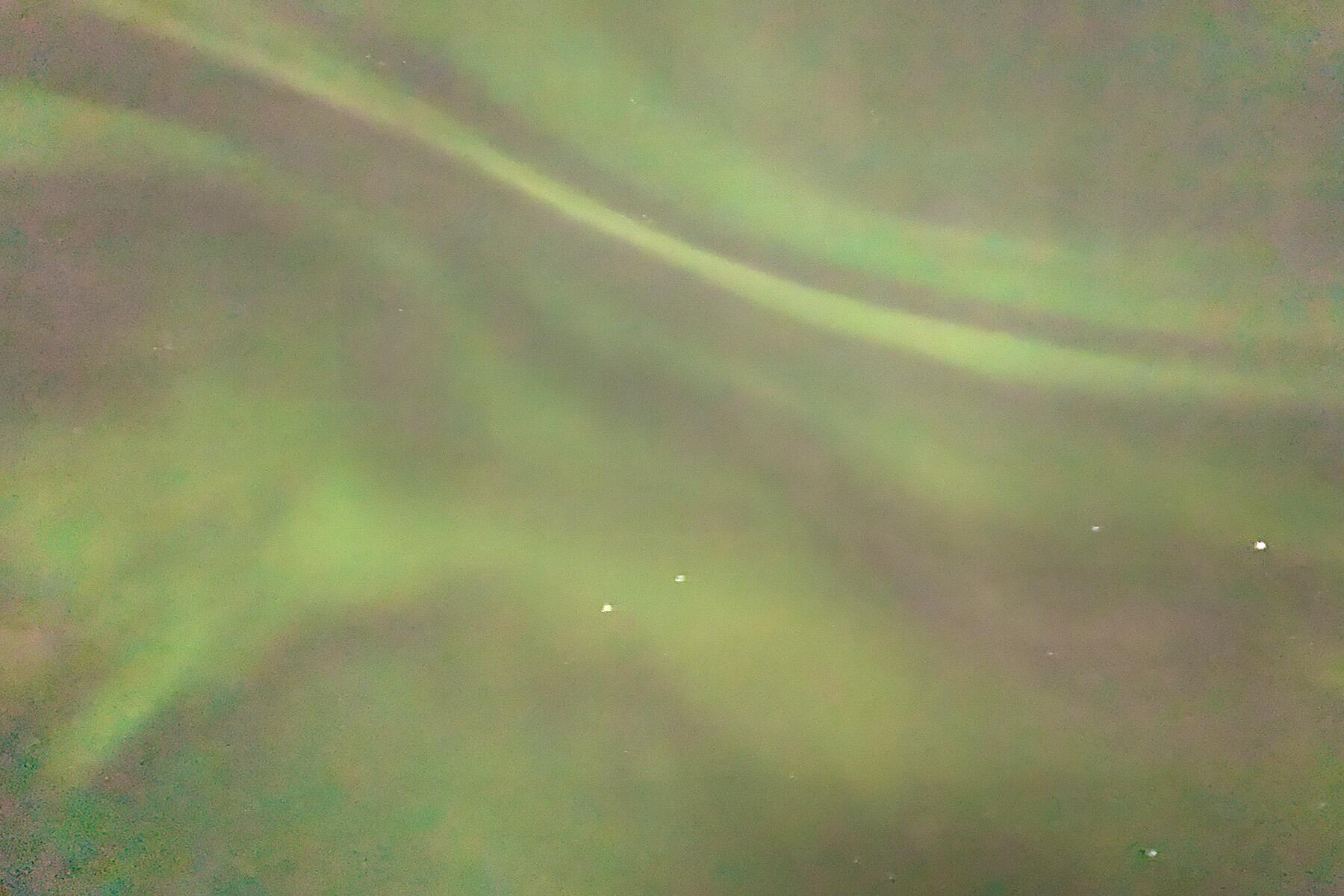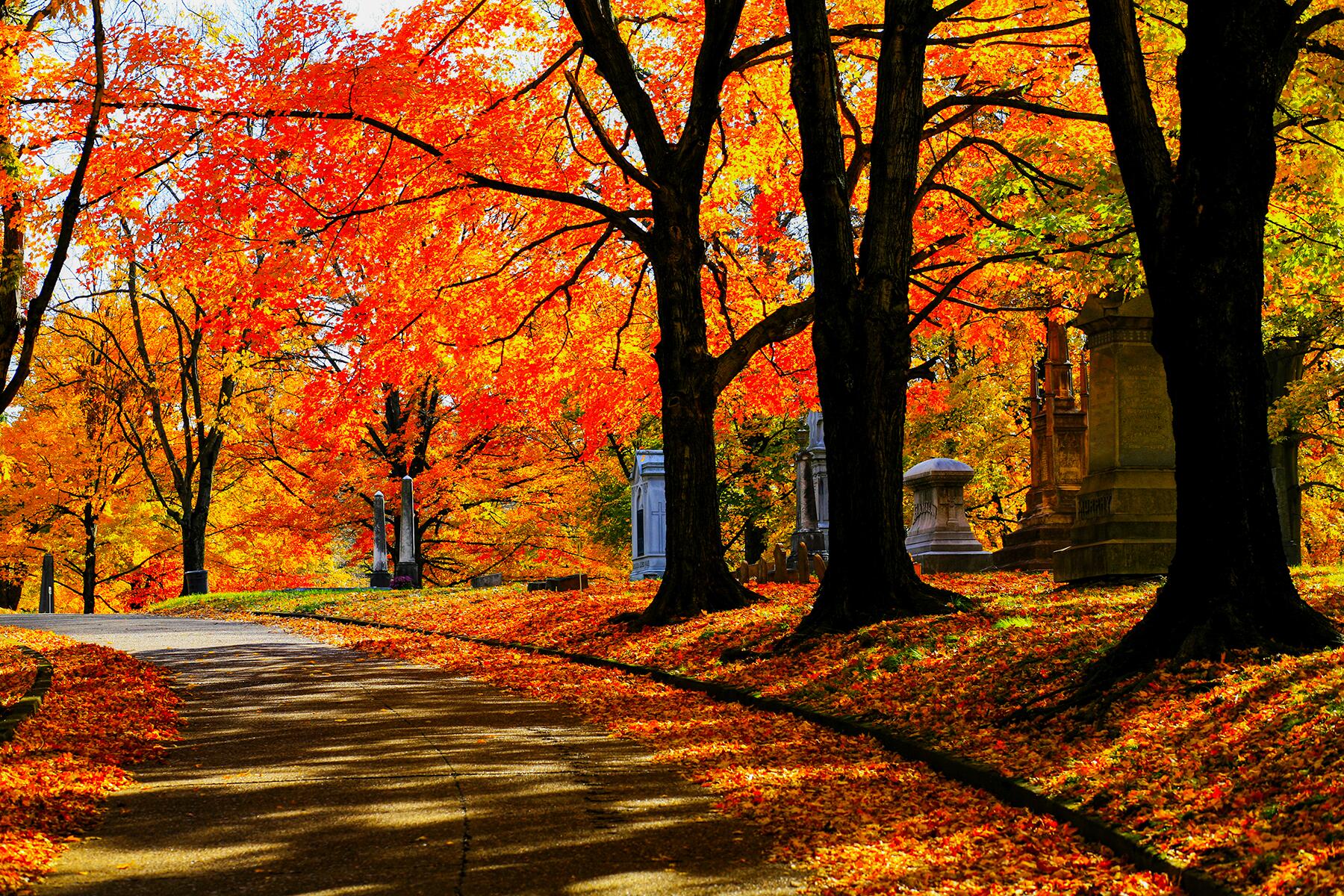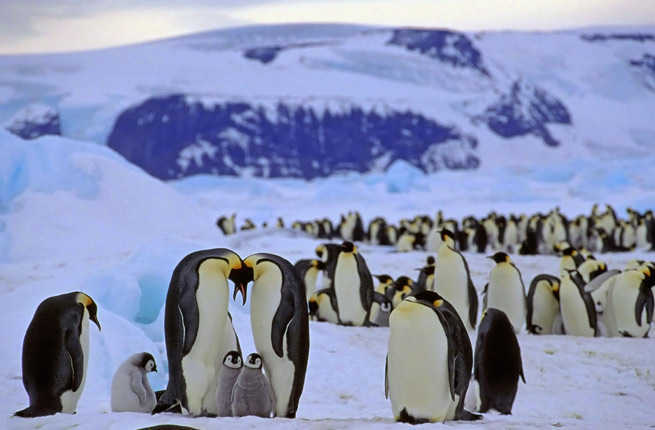
The world’s vast animal kingdom offers endless photo—and travel—ops for shutterbugs, from tracking lions in Africa to hanging out with a penguin community in Antarctica. And you don’t have to be Ansel Adams or Art Wolfe to come away with great wildlife shots from these locations, though the following tips will help. Know your camera’s landscape and motion settings, get a good telephoto and zoom lens, and turn off any camera sounds. Always consider safety and ecology first—never get in the path of a dangerous animal, and don’t compromise its environment. At these 10 great locations you’ll capture all kinds of majestic creatures!
By Kathleen Squires
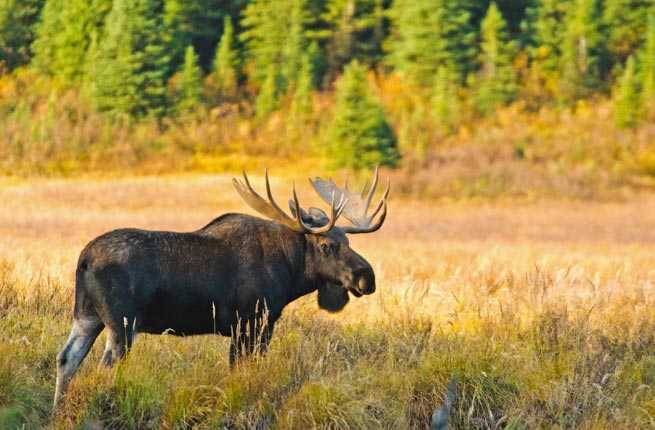
Moose in Denali National Park
Alaska, USA
The six million acres at Denali National Park provide a home for all manner of wildlife, but are especially great for the 2,000 moose that roam the area. Fall is a great time to shoot them as the antlers of the males are fully grown and the coats of the females are particularly shiny after a summer of feasting.
PLAN YOUR TRIP: Visit the Fodor’s Alaska Guide
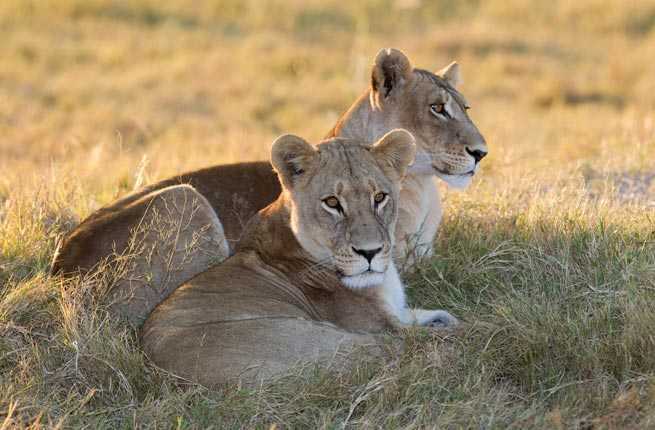
Lions in the Okavango Delta
Botswana
The marshy land in the Okavango Delta attracts an impressive lion population. The prides in this African enclave have learned to swim in order to pursue their prey, and they have even been known to climb trees for shade. Lionesses watching over their cubs provide particularly arresting portrait subjects.
PLAN YOUR TRIP: Visit the Fodor’s Botswana Guide
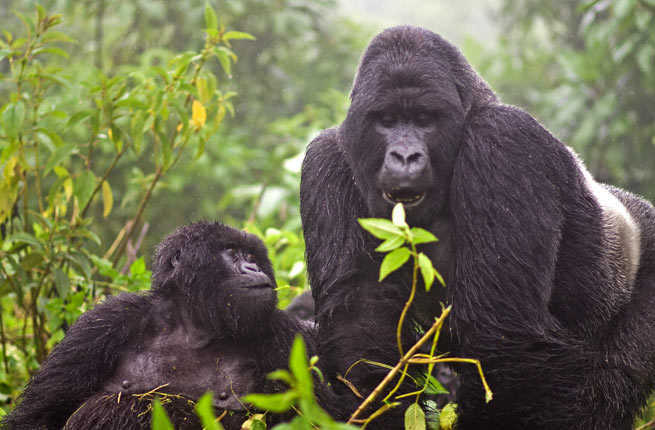
Gorillas in Volcanoes National Park
Rwanda
Zoologist Diane Fossey did her studies on gorilla behavior in Volcanoes National Park, and the mountains were the location for the scenic film about her life, Gorillas in the Mist. More than half of the world’s mountain gorillas—over 350 of them—reside in this area, made up of nine volcanoes. Dry season, which is May through October, is prime gorilla tracking time.
PLAN YOUR TRIP: Visit the Rwanda 2012 Fodor’s Go List page

Penguins on King George Island
Antarctica
November through March is hatching season for the penguin population on King George Island, just south of the tip of South America. It’s also the “warmest” time of year—reaching 30-40 degrees F—providing a comfortable climate for viewing the gentoo, chinstrap, and adelie penguins. Visitors can come via cruises, or even zip in on a plane for a day trip from Chile.
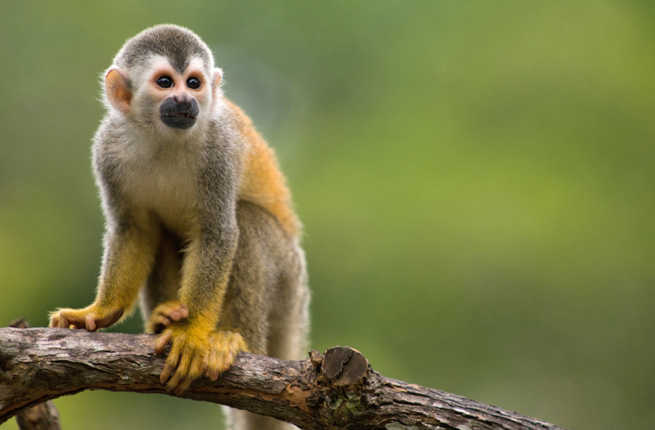
Monkey in Manuel Antonio National Park
Costa Rica
There are plenty of howler monkeys, known for their distinctive call, and capuchin monkeys, with their signature white beards, inhabiting this beach-rimmed park in Costa Rica. If you’re lucky, you’ll catch a glimpse of the small, endangered squirrel monkeys in Manuel Antonio National Park, one only three places left in the world to see these creatures. Though monkeys can be spotted year-round, dry season in November through April is most convenient for humans.
PLAN YOUR TRIP: Visit the Fodor’s Costa Rica Guide
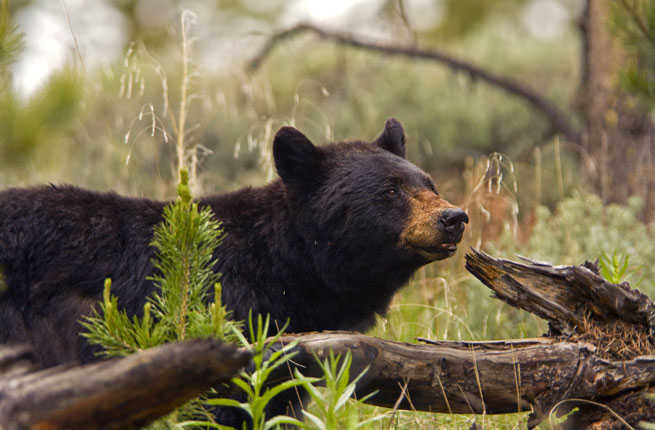
Bear in Yellowstone National Park
Wyoming, USA
Break out your telephoto lens, as you won’t want to get too close to a grizzly in Yellowstone. Conveniently, the park provides safari drives via refurbished yellow buses, for extra safety. You might also be able to snap some photos of grazing bison or elegant trumpeter swans. While bears can be seen March through November, prime viewing months are May and early June.
PLAN YOUR TRIP: Visit the Fodor’s Wyoming Guide
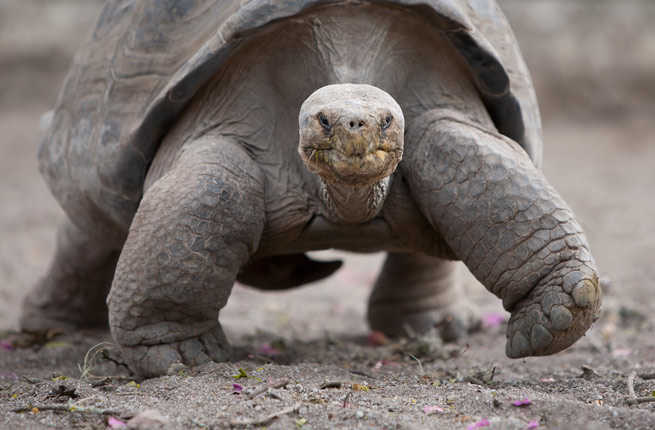
Tortoise in the Galapagos Islands
Ecuador
The giant tortoises are synonymous with the Galapagos Islands, which are even named for the species. Tortoises can live up to 100 years old and weigh over 500 pounds (which may account for their slowness). December through May is when they lumber around the island looking for mates, and when the local sea turtles nest on the beach. Also catch a peek at seal lions, iguanas, striking blue-footed boobies, brilliantly colored flamingos, and Galapagos penguins.
PLAN YOUR TRIP: Visit the Fodor’s Galapagos Islands Guide
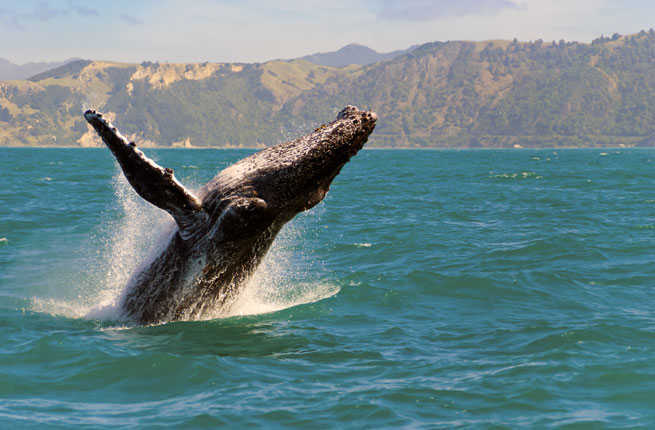
Whale off Kaikoura
New Zealand
Just off the coast of the South Island, Kaikoura is the place for the tail-slapping, blow hole-spouting frolics of an impressive whale population. Orcas, humpbacks, and massive sperm whales, which stretch nearly 50 feet, swim these waters year-round. Day trip boat tours are easily secured on land. Have your camera ready for shots of dolphins and seals as well.
PLAN YOUR TRIP: Visit the Fodor’s Kaikoura Guide
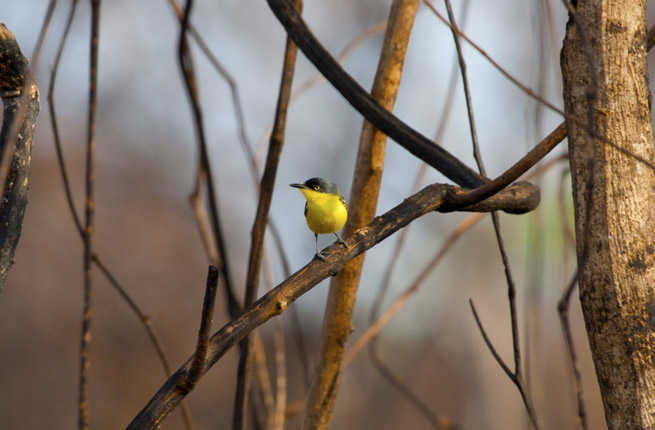
Bird in Pantanal
Brazil
One of the world’s largest wetlands, this section of Brazil is frequently referred to as the “biggest swamp in the world.” With more than 1,000 bird species, this is one of the best spots in the globe to capture shots of the brilliant colors and vast wingspans of everything from pygmy kingfishers, to macaws, to blue crowned mot mots. Also of interest are possible sightings of capuchin monkeys, capybaras, giant anteaters, jaguars, and tapirs.
PLAN YOUR TRIP: Visit the Fodor’s Brazil Guide
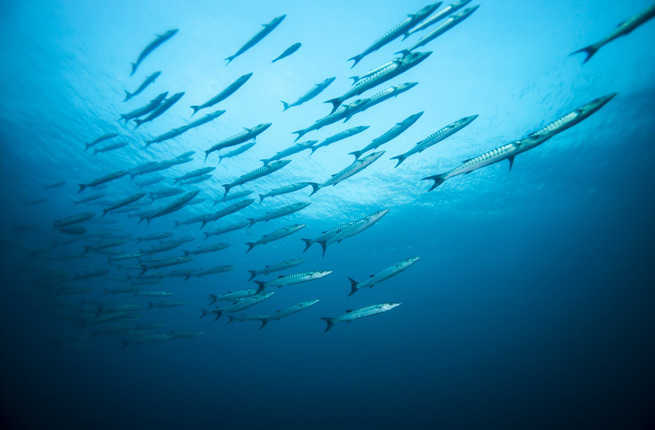
Barracudas off Sipidan Island
Malaysia
Make like Jacques Cousteau and bring the underwater camera here to one of the richest marine habitats in the world, and a diver’s dream. Thousands of barracuda, along with sea turtles, cuttle fish, hammerhead sharks, manta rays, and countless other fascinating sea life are ready for their close-ups.
PLAN YOUR TRIP: Visit the Fodor’s Malaysia Guide
